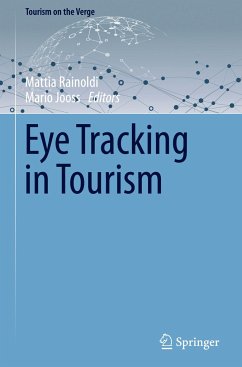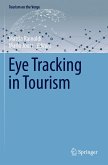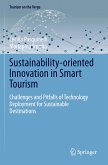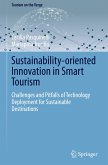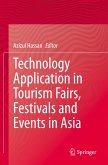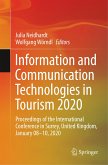Despite the ever-increasing interest in eye tracking, there is still no comprehensive work on the potential and applications of table-mounted and mobile head-mounted eye tracking solutions in travel and tourism. This volume bridges that gap, effectively linking eye tracking with travel and tourism.
It presents, on the one hand, novel academic contributions on the concept of eye tracking, and on the other, practice-oriented case studies that illustrate the use and strategic value of eye tracking in travel and tourism. It provides concrete and novel insights into tourist behavior and the tourist consumer experience and, for the academic community, offers a comprehensive, scientifically based overview of the empirical, methodological, theoretical, and practical contributions of eye tracking research.
Accordingly, the book will be of value to a diverse audience. It will be a useful resource for existing and future tourism businesses, allowing them to adopt proactive approaches in the design of tourism products. It will also stimulate further research in the field and inspire scholars and practitioners to combine their ideas and expertise, to look beyond supposedly fixed horizons, and to identify emerging opportunities.
It presents, on the one hand, novel academic contributions on the concept of eye tracking, and on the other, practice-oriented case studies that illustrate the use and strategic value of eye tracking in travel and tourism. It provides concrete and novel insights into tourist behavior and the tourist consumer experience and, for the academic community, offers a comprehensive, scientifically based overview of the empirical, methodological, theoretical, and practical contributions of eye tracking research.
Accordingly, the book will be of value to a diverse audience. It will be a useful resource for existing and future tourism businesses, allowing them to adopt proactive approaches in the design of tourism products. It will also stimulate further research in the field and inspire scholars and practitioners to combine their ideas and expertise, to look beyond supposedly fixed horizons, and to identify emerging opportunities.
"The chapters in this book provide a thorough and systematic review of the literature and reveal the detail of the experiment process, data analysis, and interpretation, which aid beginners when they first carry out eye-tracking experiments in their tourism studies. ... In general, the content presentation of the book offers rich information about using a multisource approach and data triangulation with eye-tracking technology to analyzing online/offline tourist behavior while reducing the potential biases that can appear in traditional methods." (Sunny Zhenzhen Nong and Lawrence Hoc Nang Fong, Information Technology & Tourism, Vol. 23, 2021)

